中文 — Čeština — Français — Deutsche — Italiano — 한국어 — Polskie — Português — Español
The Coach: CrossFit’s Force Multiplier
January 30, 2023
Until CrossFit, I did not put the coach and the fitness trainer in the same category. In my experience, coaches were people who changed my life in a profound way. This was due only in part to their expertise; the rest was due to their genuine care for me and my goals. They were people who could see my potential better than I could and who always wanted just a little more for me than I did for myself. Then they applied their expertise to helping me get there.
On the other hand, my experience with fitness trainers was either the monkey-see-monkey-do-style aerobics or group fitness class instructor, the “celebrity trainer” shouting motivational slogans, or the largely unskilled, uninterested, and uninteresting person teaching low-skill isolation movements, counting reps, and pushing pins into a machine.
This is because when CrossFit arrived on the scene, commercial gyms were retail spaces filled with shiny machines. Physical training had been dumbed down to non-functional, often isolation-machine movements devoid of any skill requirement. Leg curls, leg extensions, lat pull-downs, biceps curls, and triceps kickbacks had replaced squats, deadlifts, and presses. Gym owners and managers sold as many memberships as possible while secretly hoping their members wouldn’t show up. Trainers were on hand to pass out towels and upsell memberships. They definitely weren’t needed to coach the movements their clients were doing, and they did not have the skills to teach effective ones. Women kept to cardio machines and tiny color-coded dumbbells while men used the big machines and cable columns with impressive weight stacks. In this environment, clients’ health and fitness goals weren’t even a consideration, and the results achieved in these gyms were subpar at best.
We changed all that.
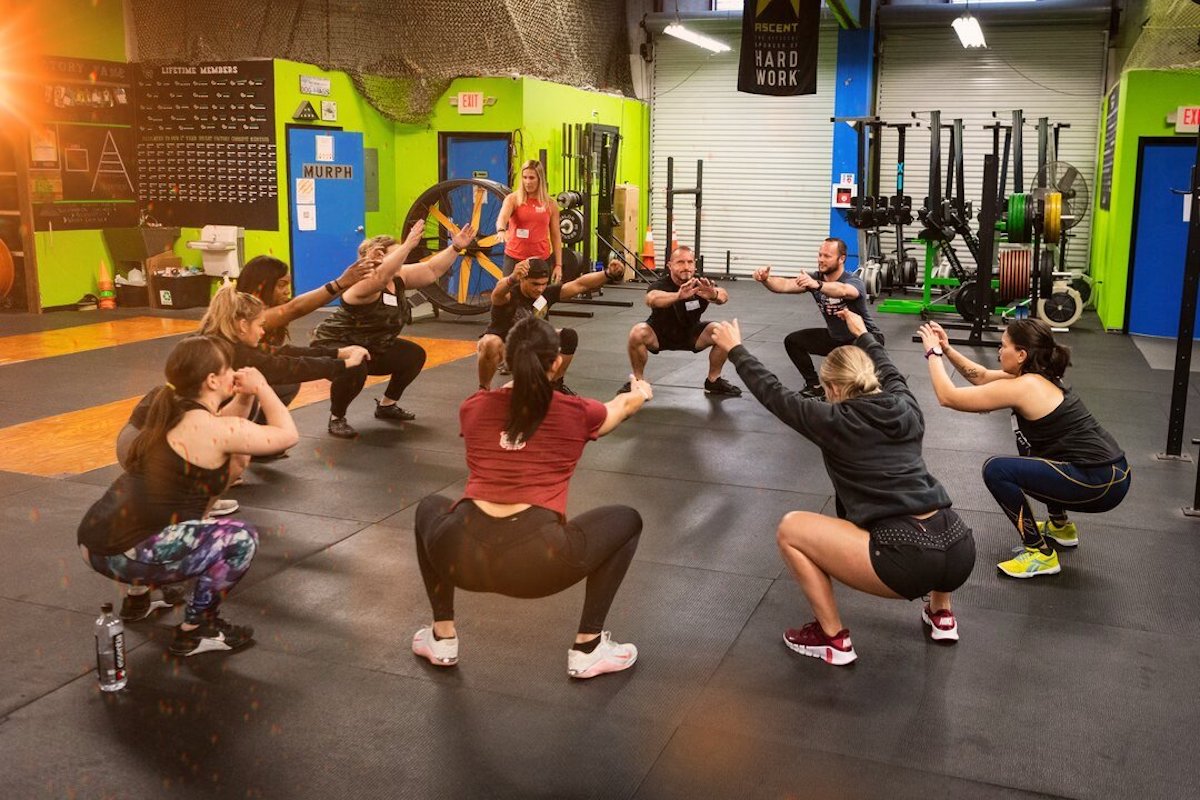
Professionalizing the Fitness Trainer
From the beginning, CrossFit’s take on what it meant to be a fitness trainer was different. In the hallmark article “Professional Training,” a charter was put forth for CrossFit trainers that imbued purpose and impact, elevating the vocation and professionalizing the fitness trainer:
“I am a fitness trainer. My practice is more than just a job; it is my passion. My clients are my top priority and their successes are my life’s work — I am a professional. … Being a professional, I believe that my competency is solely determined by my efficacy.”
.
The North Star for CrossFit trainers has always been an unrelenting commitment to athlete results. Our curriculum for coaches was developed (and continues developing) out of the singular goal of making great coaches who can deliver the best possible results to the people in their care. This is why our trainers have much more in common with a sports coach and why, over time, we’ve come to use the term “coach” more than “trainer” within our vernacular.
In the previous articles in this series, I’ve discussed the CrossFit methodology and ethos — the two most foundational elements of our formula.
In short, the CrossFit methodology is the mechanism that enables coaches to understand the what, how, and why of CrossFit in order to optimally apply the program to an individual in service of their health and fitness goals. It also provides a framework for our education that makes developing professional coaches a robust, repeatable, and scalable process.
The CrossFit ethos is the expression of the methodology in practice. Our ethos represents our values and culture. It both attracts and develops character, and in many ways draws people into the CrossFit community before the results they achieve ensure they stick around.
But without the CrossFit coach, the methodology and ethos are little more than concepts. It’s the coach who brings them to life.

The Power of a Great CrossFit Coach
Back in 2004, I walked into my first CrossFit class at a small gym in Santa Cruz, California, called CrossFit Santa Cruz. The person running my class was Greg Glassman, CrossFit’s founder and owner and trainer at the very first CrossFit gym.
I wasn’t sure what to make of Greg at first. He was different from any trainer or fitness instructor I’d had before.
He did not do the workout with us, but he actively engaged us the entire time. He was relentless with regard to how everyone in the class was moving. He’d cue and challenge us and make sure we were hitting the standards and working hard. But he still somehow made it fun — giving praise when people were doing well, making jokes, and telling stories. He was having fun and making sure we were, too — even as we were working our asses off.
So while I was not sure what to make of it, I knew from the first class that I liked it better than any other fitness class I’d been to before. There were no mirrors, no silly machines, and we all did the same workout. Even if you scaled the workout, it was scaled with such intention that you still felt very much that you were doing the same workout. You were challenged to move well and work hard, emboldened by a great coach who set a tone of uncompromising standards, fun and camaraderie, and hard work.
I kept going back. Then came the results.
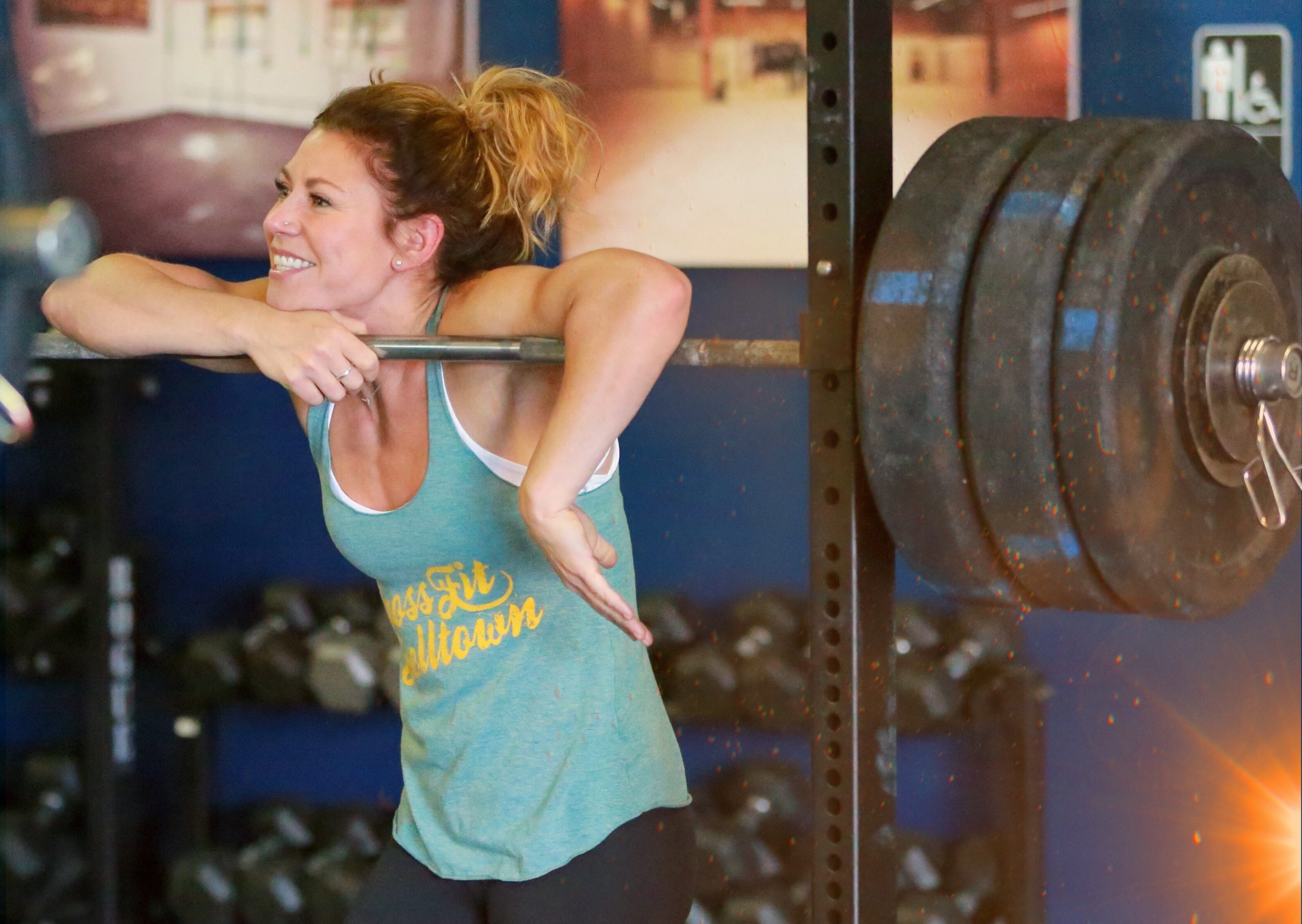
The results are why, after my first three months of CrossFit, I felt like my relationship to the Earth and to myself had changed. My feet hit the ground differently. My posture was different; I stood taller and firmer. I took up the space that was mine to take. I knew something had shifted — not just in my body but in my whole being. As someone with a tendency toward melancholy and depression, I have always felt that CrossFit raised my natural baseline to something happier and lighter. All of this after only three months of consistent CrossFit classes, even after years and years and years of trying other fitness programs.
I now know this is because I had a great coach — a coach who understood the methodology well enough to uphold the uncompromising standards that produce the greatest results in terms of safety (kept me in the game), efficiency (I got results quickly), and efficacy (I got the greatest results).
Put more simply, I was the beneficiary of the true, undiluted potency of CrossFit only because of my coach.
Paying It Forward
After about one year of CrossFit, Greg invited a few dedicated clients to become coaches themselves — including me.
I never expected that this single decision would change the course of my life. I never expected to be in the “fitness industry” — I thought it was a vain, shallow, and artless enterprise. A “look-at-me” culture that blunted the development of the finer points of being human in favor of gazing at oneself in the mirror all day. But my experience as a client of a great coach, a truly professional coach, changed all that.
Beyond that, the experience of coaching others and having my own athletes broadened my capacity to see beyond myself and become more deeply connected to the experience of helping other people. Coaching became my biggest source of joy and satisfaction. To give what I had been given — to watch people who’d never done CrossFit before get stronger, fitter, take up more space, become more confident — up to this point in my life, I’d never had the direct experience of being part of something this meaningful.
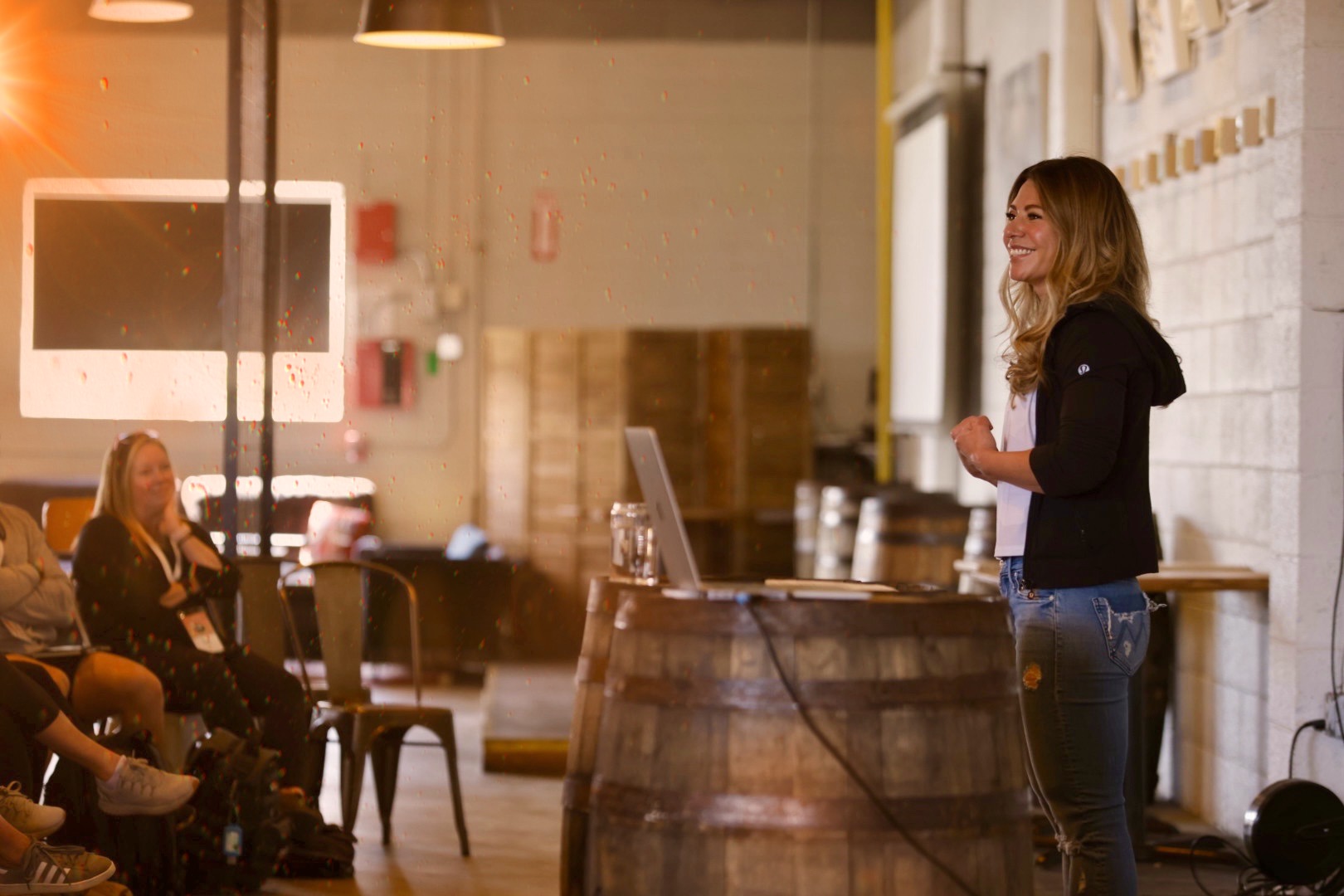
“My Competency Is Solely Determined by My Efficacy”
As a coach at CrossFit Santa Cruz, I learned firsthand the truth behind those words from “Professional Training.”
I learned that the better I was at what I did, the better I was for the people I trained. I really took that in: My goal was to keep growing as a coach, in service of my clients — and that wasn’t unique to me; that was the culture. As coaches, we strove to improve every single day. We watched each other and took notes. As peers, we made each other better. And we all wanted to be as good as the coaches who coached us.
This was especially true around quality of movement: The standard was the standard. If your people weren’t meeting the standard, it was there for all to see. As a cohort of aspiring trainers, we took pride in our relentlessness and the increasing precision with which we could see and correct movement flaws. If your people were not moving well, if you were not on them like a hawk and some other coach stepped in to correct something you missed, you would be embarrassed. To this day, when I see someone moving poorly, my first question is: “Who is your coach?”
The goal was to be great, and the competitive environment of CrossFit extended to the trainer as well as the athlete. And in the same way that healthy competition with the athletes around you pushes you to grow, so does working with a cohort of trainers you respect who are aiming for the same high standards you are. This manifested as shadowing other trainers, running clinics in off-hours, and endlessly educating ourselves.
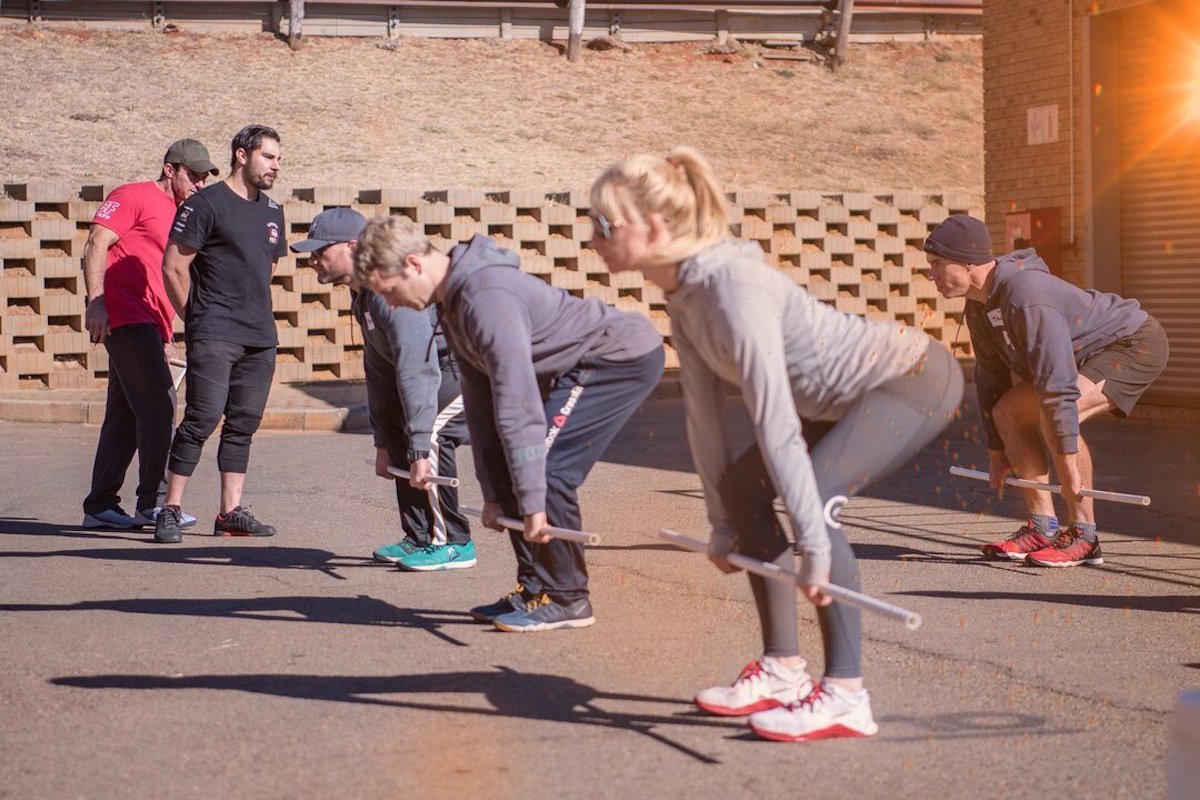
If you want a road map for this process, read “What Makes a Great Coach” by Matt Swift. As Matt’s article makes clear, being a great coach is a rigorous undertaking. And yet this is the work our best coaches do every day. They do not settle for “good enough.” They pursue the education and experience needed to understand the CrossFit methodology inside and out. And they take all their knowledge of the methodology and the ethos, and then they learn about people and refine relationship, communication, and leadership skills to apply it in real life, with real people.
Doing this well is an art. It’s not easy, but when you get it right, you have something akin to magic.
Changing the World
It’s one thing to have a great way of doing things. But if it weren’t for our coaches — and our Seminar Staff — we could not have passed on the methodology and ethos to millions of people.
We had to figure out a way to reach more people without sacrificing standards.
Greg had already been distilling these lessons into his teachings at Level 1s, and around 2007, we began to standardize all the L1 material from an oral format to a written format that would become our “instructor guide.” We brought on a small cadre of instructors who’d been around Greg, teaching or working seminars in some way since 2005.
Throughout this early process of standardizing the material and bringing on more staff, we held ourselves to the same high standards: relentless pursuit of sound movement; knowing your shit inside and out; seamless conversational delivery of the material; professionalism and service; credibility; fun. We were charged with educating, inspiring, and entertaining every person we taught. That remains the charter for Seminar Staff to this day.
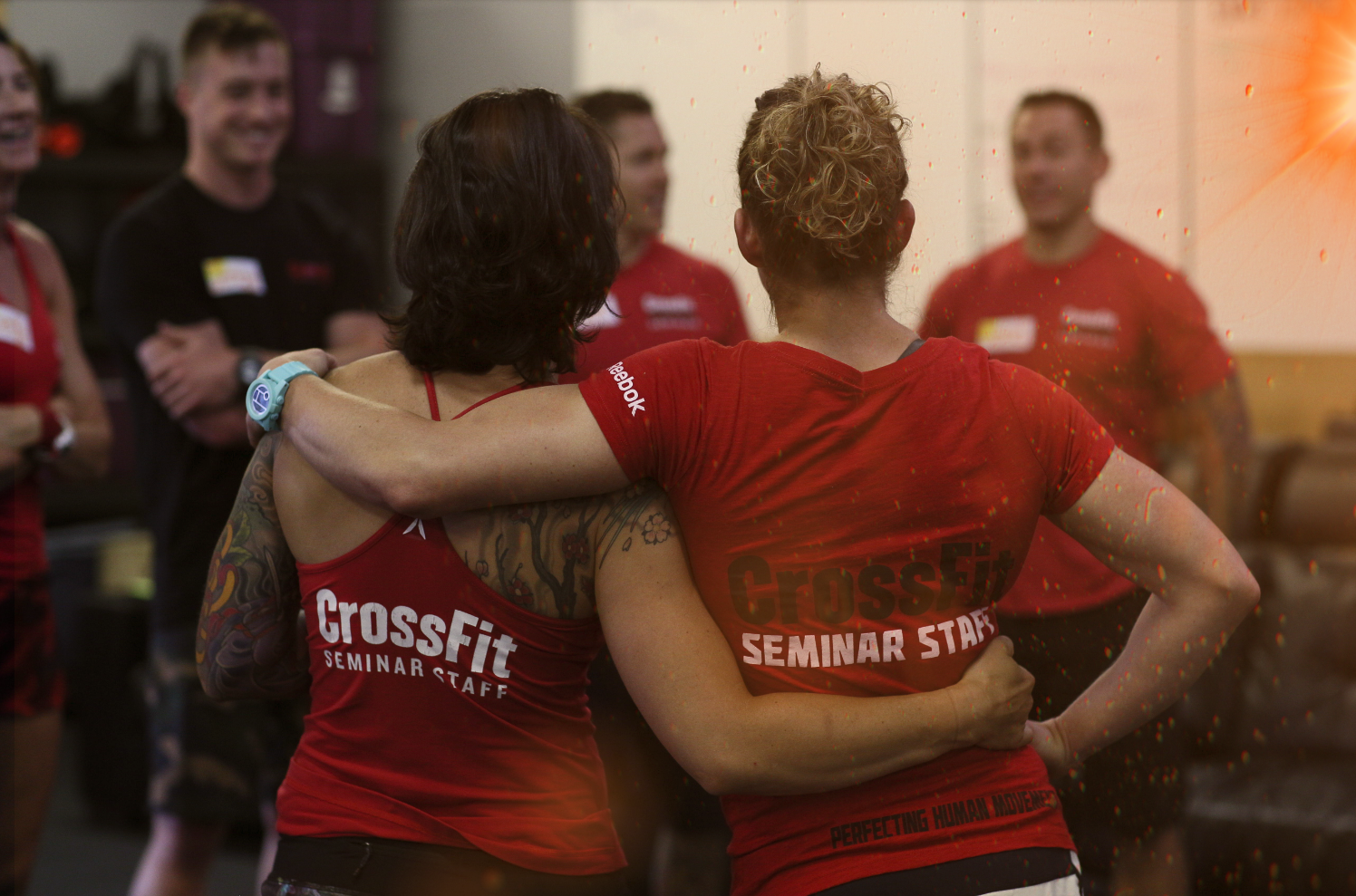
Today, we have filled our staff ranks with the best coaches and affiliate owners from our community — a group of people drawn to what we do because of their character and willingness to work hard in service of a mission, committed to the pursuit of excellence and making everyone around them better. These coaches have internalized the methodology, ethos, and coaching standards and proven their ability to have a profound impact on their athletes, and that is why we empower them to pass on our culture.
CrossFit’s Coaching Standard Is the Gold Standard for Fitness
There’s nothing like our coaches in the fitness industry outside of CrossFit. You may find them as one-offs in sport coaches or retired strength-and-conditioning coaches, but you do not find them en masse at any other “chain” of gyms or emerging from any other system of credentialing. No one who is coached by a great CrossFit coach will confuse that experience with what’s on offer from any other fitness company, service, or app.
Group fitness classes are usually about packing people into a room and having them follow along with the instructor to the best of their ability. This is often used as a way to scale fitness: the higher the ratio of participants to instructor, the more profitable you can be. Typically, participants may get a workout in, but they don’t get the same benefits — the results — they would when working with a really great coach.
We think the act of coaching or training is very different from simply leading a class. The CrossFit coach is not a cheerleader. The act of coaching is deliberate, focused attention: looking at one person at a time, considering their specific context, caring deeply about their goals and challenges, and helping them progress step by step so they can discover their true potential.
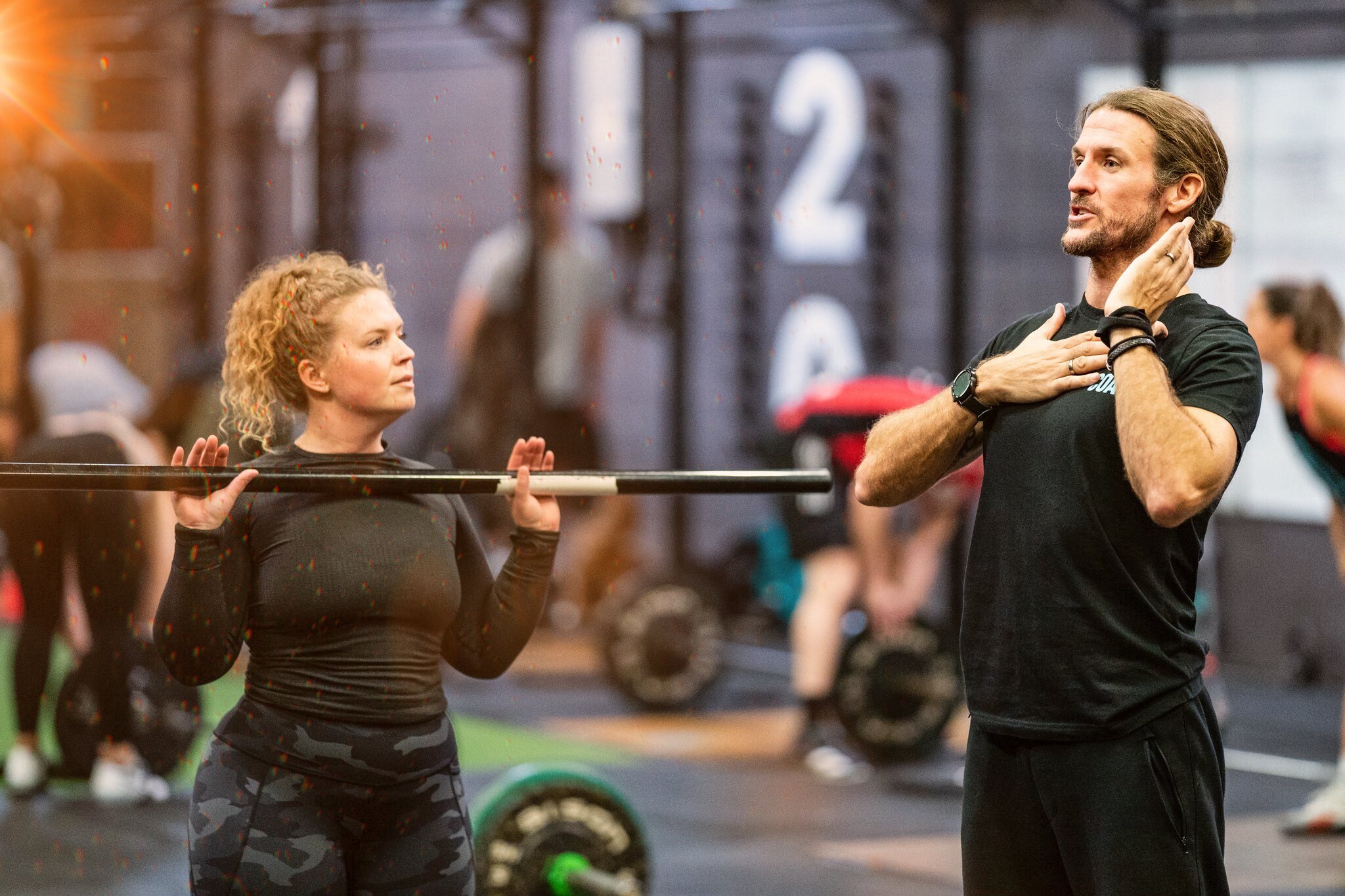
Additionally, the CrossFit coach is not there to make a display of their own personality in a performative sense but to display character through knowing and serving someone else with the goal of making them better while keeping that client’s particular well-being in mind.
Coaches who uphold these standards of professionalism with a dogged commitment to the CrossFit methodology and ethos are equipped to provide an experience in a group class setting that is often only found one-on-one. This is an approach that sets us apart from all of our competitors.
We ask a lot of our coaches, because we know that while the CrossFit methodology is an incredible thing, the potency of that methodology is only fully expressed in the hands of a great coach.
When our coaches practice the above art form effectively, the methodology and ethos of CrossFit come to life. This is CrossFit at its fullest and best expression. This is how it changes lives. It’s how the magic spreads.